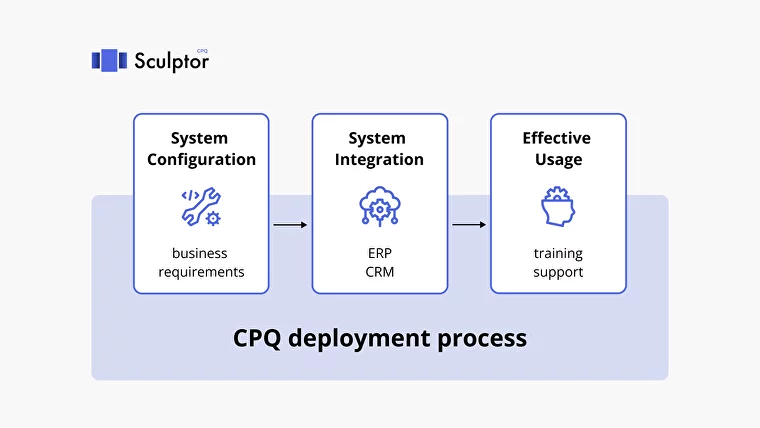
CPQ Deployment Process: Top Challenges and Best Practices | Salesforce
What is CPQ Deployment?
Top 5 CPQ Deployment Benefits
Typical CPQ Deployment Steps in Salesforce




What is Sentiment Analysis: Sentiment analysis is extremely useful us to gain an overview of the public opinion behind certain topics and feedbacks. Automatically…

In today’s fast-paced digital environment, businesses are constantly seeking innovative ways to enhance customer interaction and service. A third-party Salesforce Customer Portal has emerged as…

Here's a list of Apex trigger scenarios questions for practice, covering beginner to intermediate levels and Intermediate to Advanced levels: Beginner Level Intermediate Level Advanced…
Please confirm you want to block this member.
You will no longer be able to:
Please note: This action will also remove this member from your connections and send a report to the site admin. Please allow a few minutes for this process to complete.
Responses